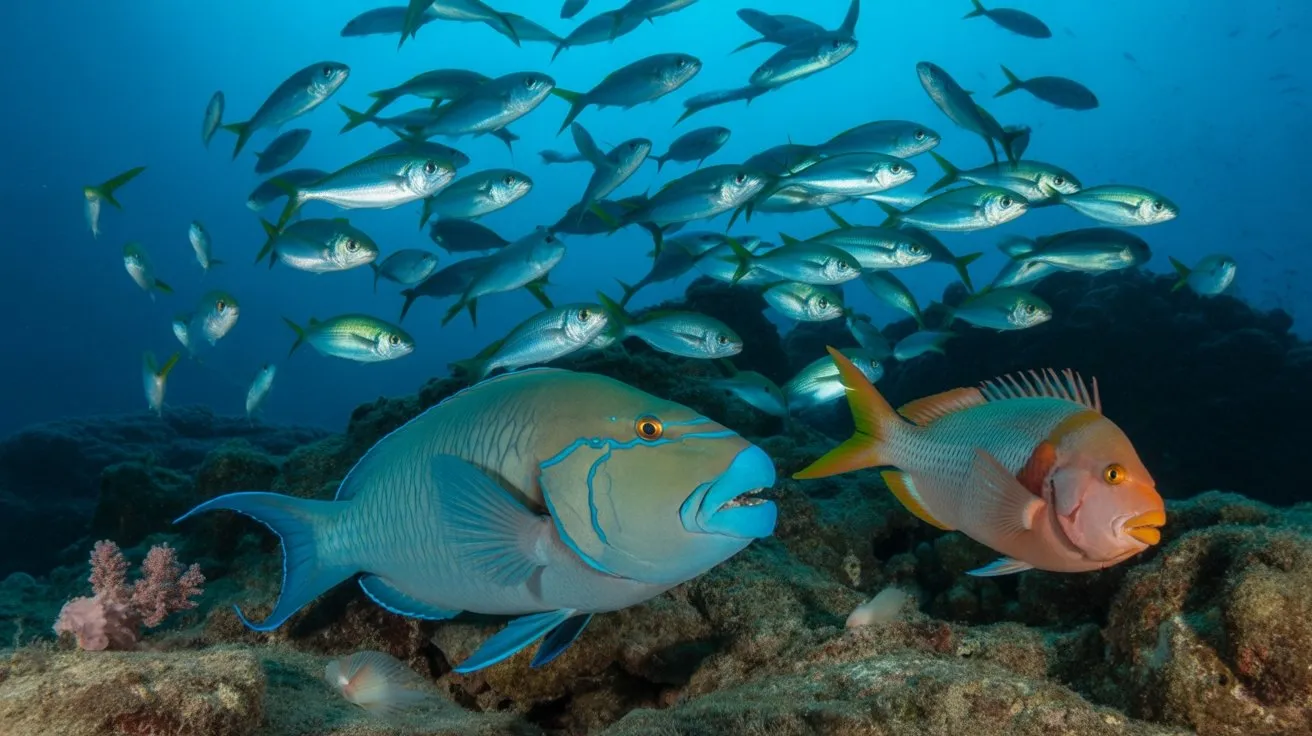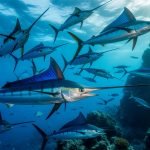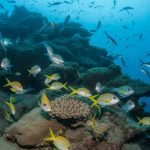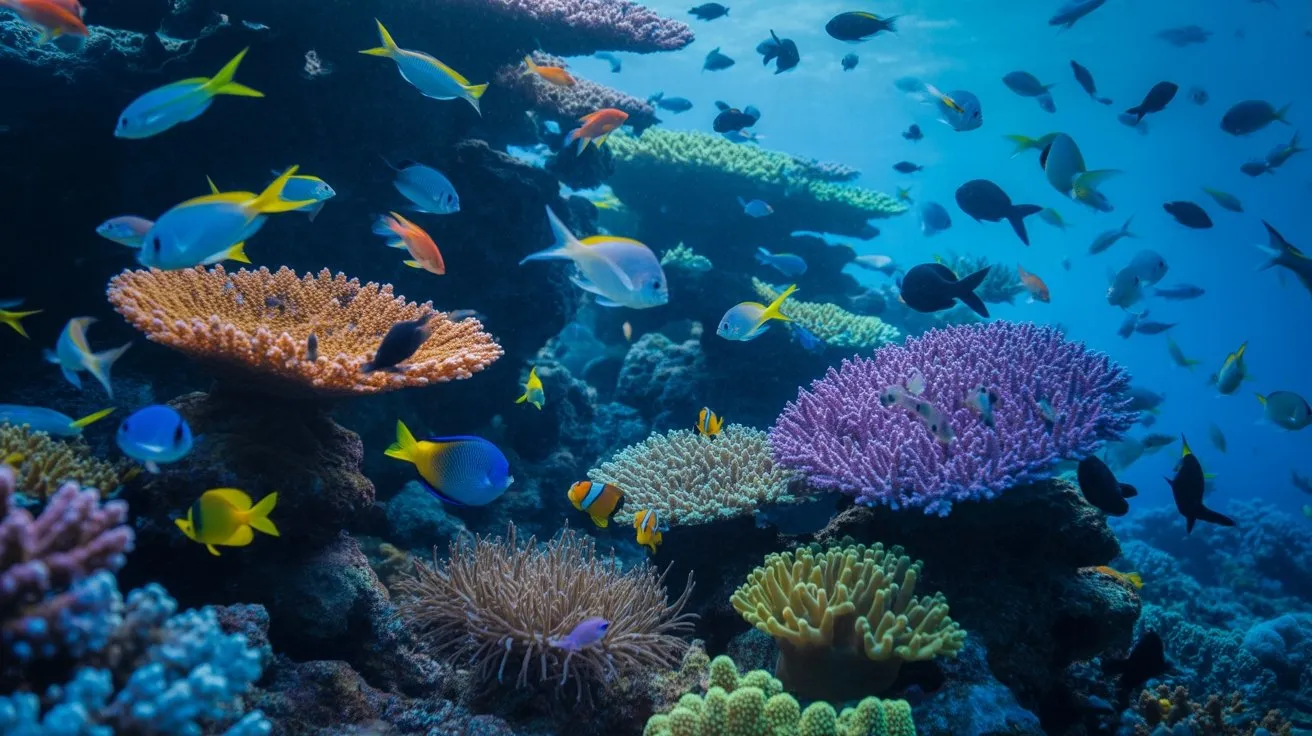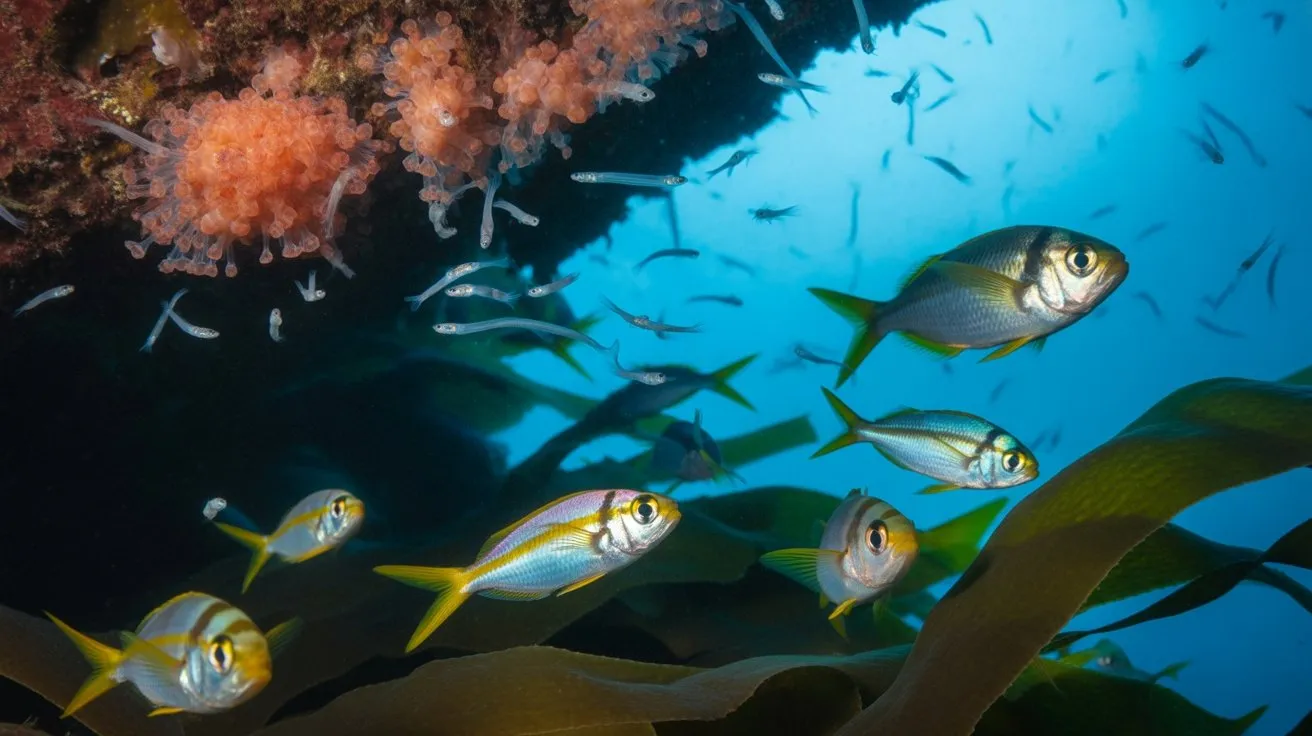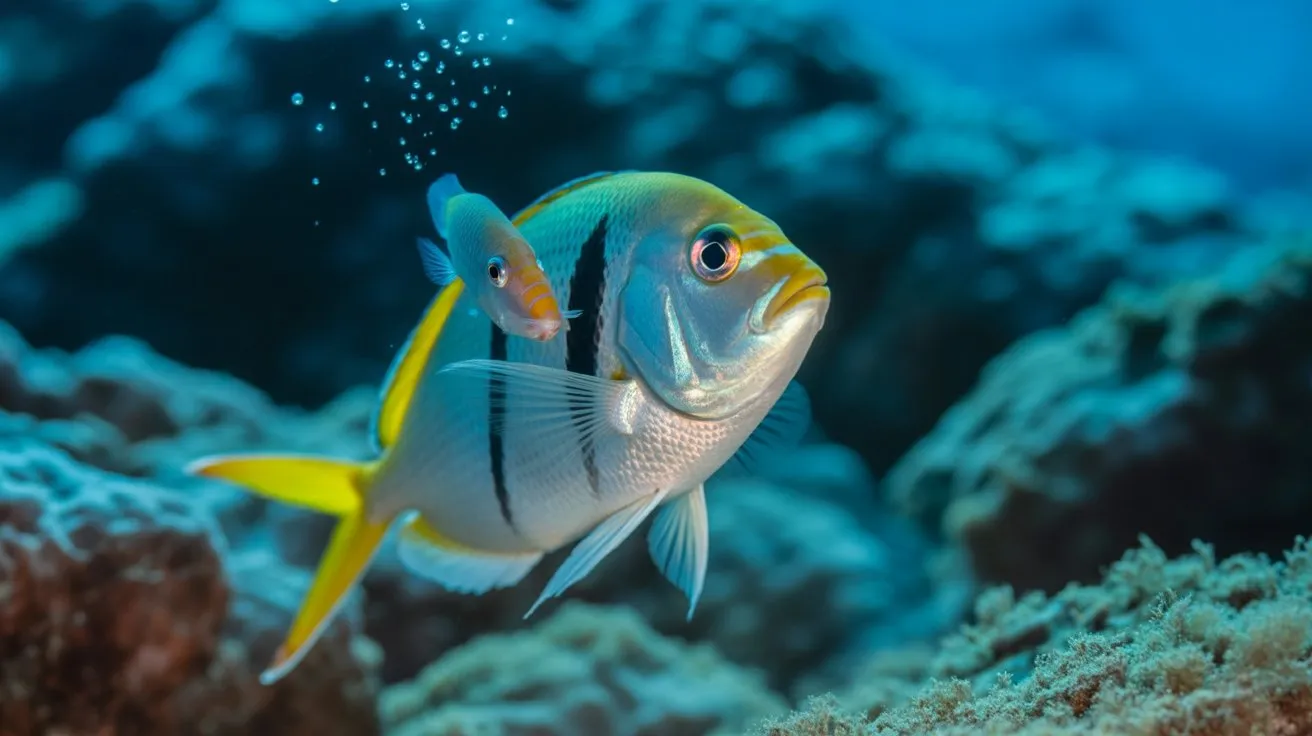Have you ever wondered how life persists in Earth’s most unforgiving aquatic environments? You’ll discover that ocean fish exhibit extraordinary physiological and behavioral adaptations that enable survival under crushing pressures, freezing temperatures, and perpetual darkness. These organisms employ specialized proteins, modified organ systems, and complex social strategies to navigate challenges that would prove fatal to most terrestrial species. The mechanisms underlying these adaptations reveal fascinating intersections between biochemistry, physics, and evolutionary biology that challenge our understanding of biological limits.
Deep Sea Pressure Adaptations and Specialized Body Structures
As ocean depth increases exponentially, hydrostatic pressure intensifies at approximately 1 atmosphere per 10 meters, creating extreme physiological challenges that have driven remarkable evolutionary adaptations in deep-sea fish species.
You’ll find these organisms have evolved specialized protein structures called piezolytes that counteract pressure-induced protein deformation. Their cellular membranes contain increased polyunsaturated fatty acids, maintaining fluidity under crushing conditions.
You’ll notice deep-sea fish lack swim bladders, which would collapse under pressure, instead relying on lipid-filled livers for buoyancy control. Their bones remain cartilaginous rather than calcified, providing flexibility.
Additionally, you’ll observe reduced muscle mass and slower metabolisms, minimizing energy expenditure while maintaining structural integrity in environments where pressure exceeds 1,000 times surface atmospheric pressure.
Bioluminescence and Light Production in Dark Waters
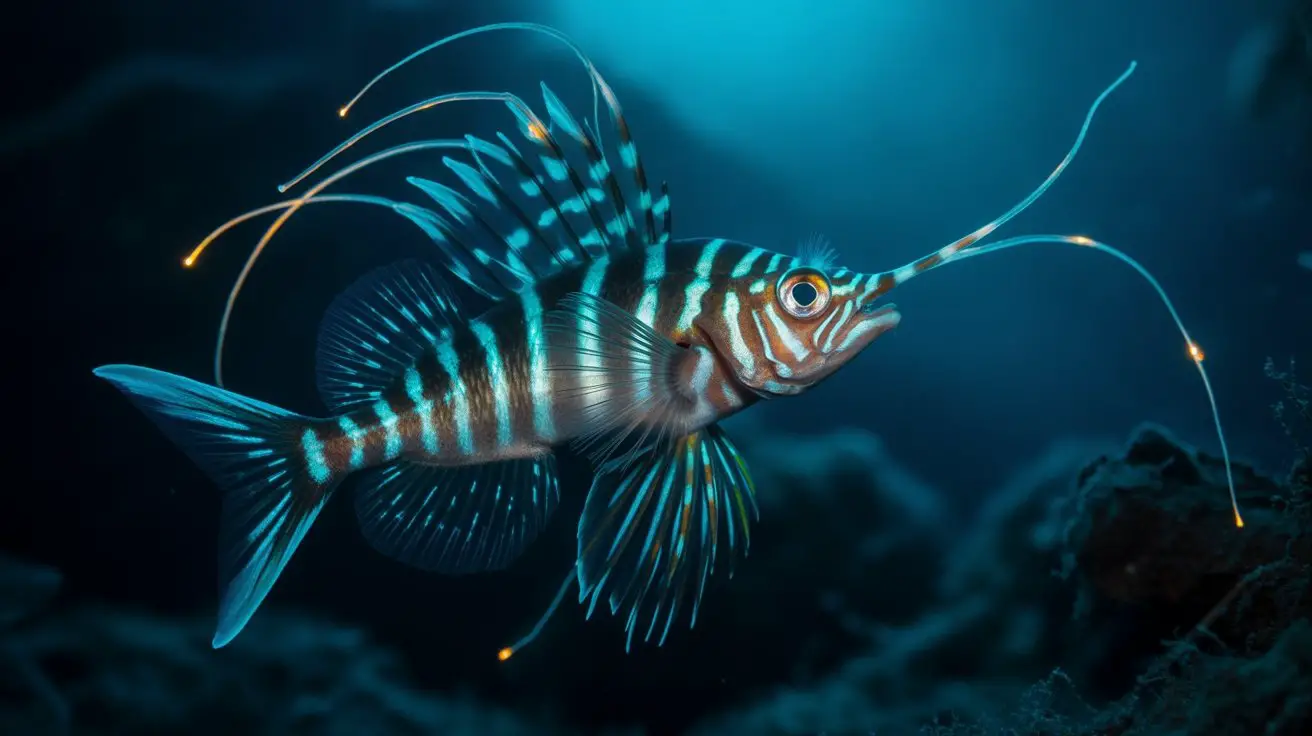
Ninety percent of deep-sea organisms produce their own light through bioluminescence, a biochemical process that’s become essential for survival in the ocean’s perpetual darkness below 1,000 meters.
When you examine these fish, you’ll find specialized photophores containing luciferin molecules that react with luciferase enzymes, creating cold light without thermal energy waste.
You’ll observe different bioluminescent strategies: counterillumination helps fish blend with dim surface light, while predators use lures to attract prey.
Communication occurs through species-specific flash patterns during mating rituals.
You’ll notice ventral photophores in lanternfish create camouflage from below, while anglerfish employ bacterial symbionts in their esca for hunting.
This adaptation maximizes energy efficiency in nutrient-scarce environments where visual detection determines survival success.
Camouflage and Color-Changing Abilities for Predator Avoidance
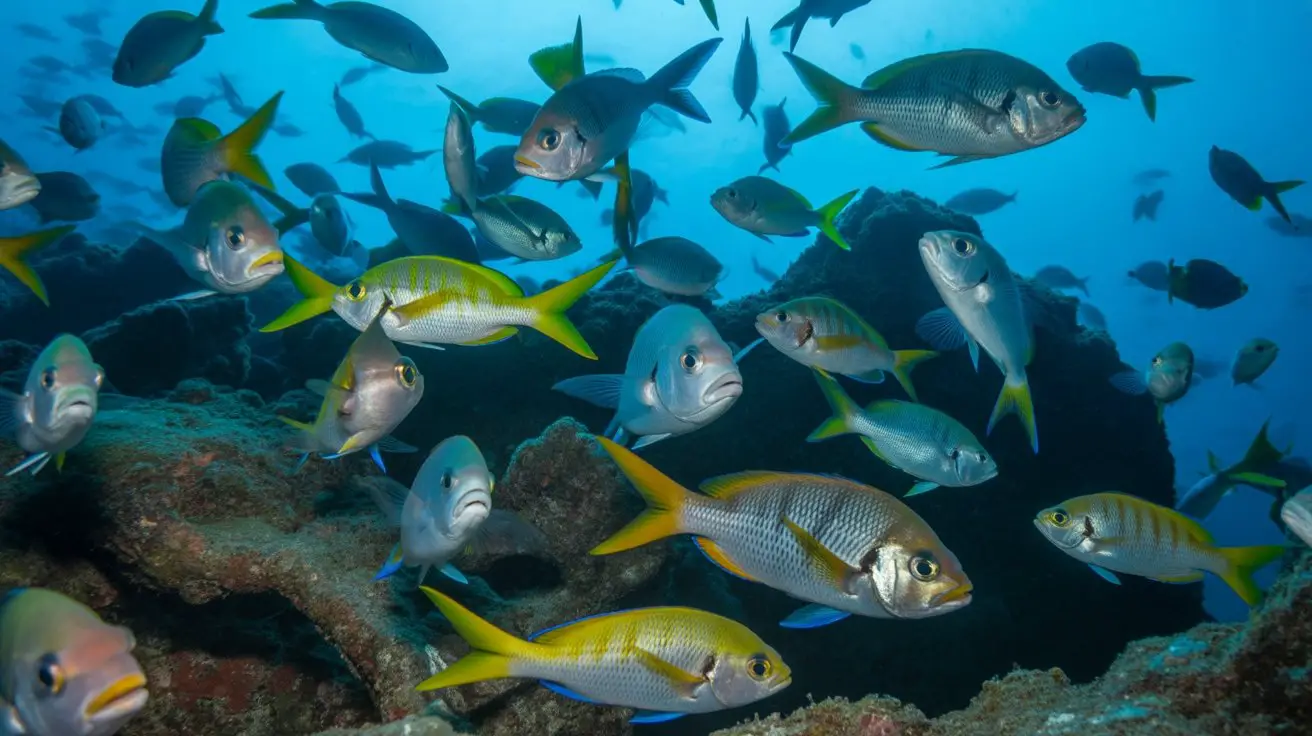
While bioluminescence dominates deep-sea survival strategies, camouflage represents an equally sophisticated adaptation that’s evolved across multiple fish species to evade predation through visual deception.
You’ll observe chromatophores—specialized pigment cells containing melanin, carotenoids, and iridophores—rapidly contracting and expanding to alter coloration patterns. Flatfish demonstrate remarkable substrate matching, adjusting both color intensity and pattern complexity within seconds.
You’ll find countershading particularly effective: darker dorsal surfaces blend with deep waters when viewed from above, while lighter ventral coloration matches surface light when observed from below.
Advanced species like cuttlefish and some reef fish employ dynamic camouflage, continuously modifying their appearance through neurological control of chromatophore networks, achieving near-perfect environmental mimicry that confuses predators’ visual recognition systems.
Streamlined Body Shapes and Swimming Efficiency
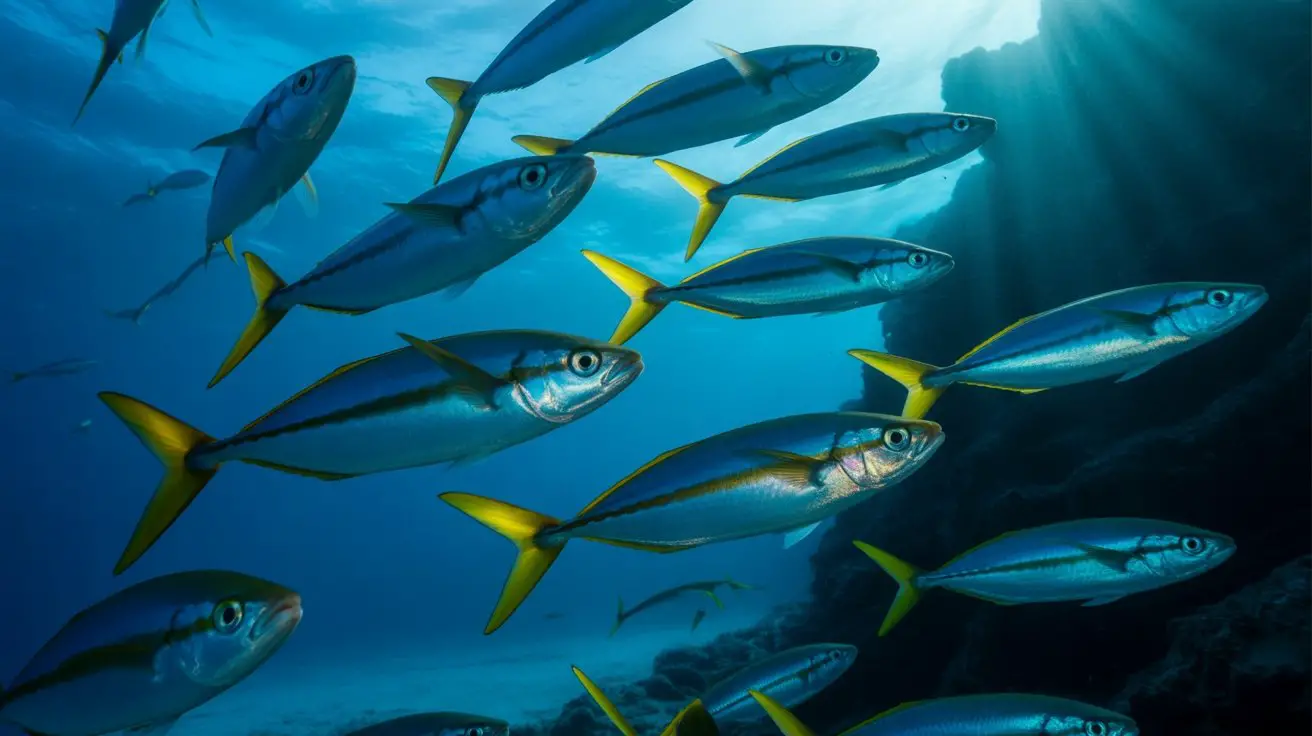
Hydrodynamic efficiency represents the cornerstone of successful aquatic locomotion, where fish species have evolved fusiform body designs that minimize drag coefficients while maximizing thrust generation.
You’ll observe that pelagic species like tuna exhibit torpedo-shaped morphologies with tapered anterior and posterior regions, reducing pressure differentials and turbulent wake formation. Their aspect ratios optimize lift-to-drag relationships during sustained swimming.
You’ll notice that body depth-to-length ratios correlate directly with swimming strategies. Fast-swimming predators maintain fineness ratios between 4:1 and 6:1, while benthic species display compressed lateral profiles for maneuverability.
Caudal fin configurations further enhance propulsive efficiency—lunate tails in marlins generate maximum thrust with minimal energy expenditure.
Surface modifications like dermal denticles in sharks create microvortices that reduce skin friction by up to 10%, demonstrating how morphological adaptations optimize Reynolds numbers for sustained oceanic migration.
Temperature Regulation in Extreme Ocean Environments
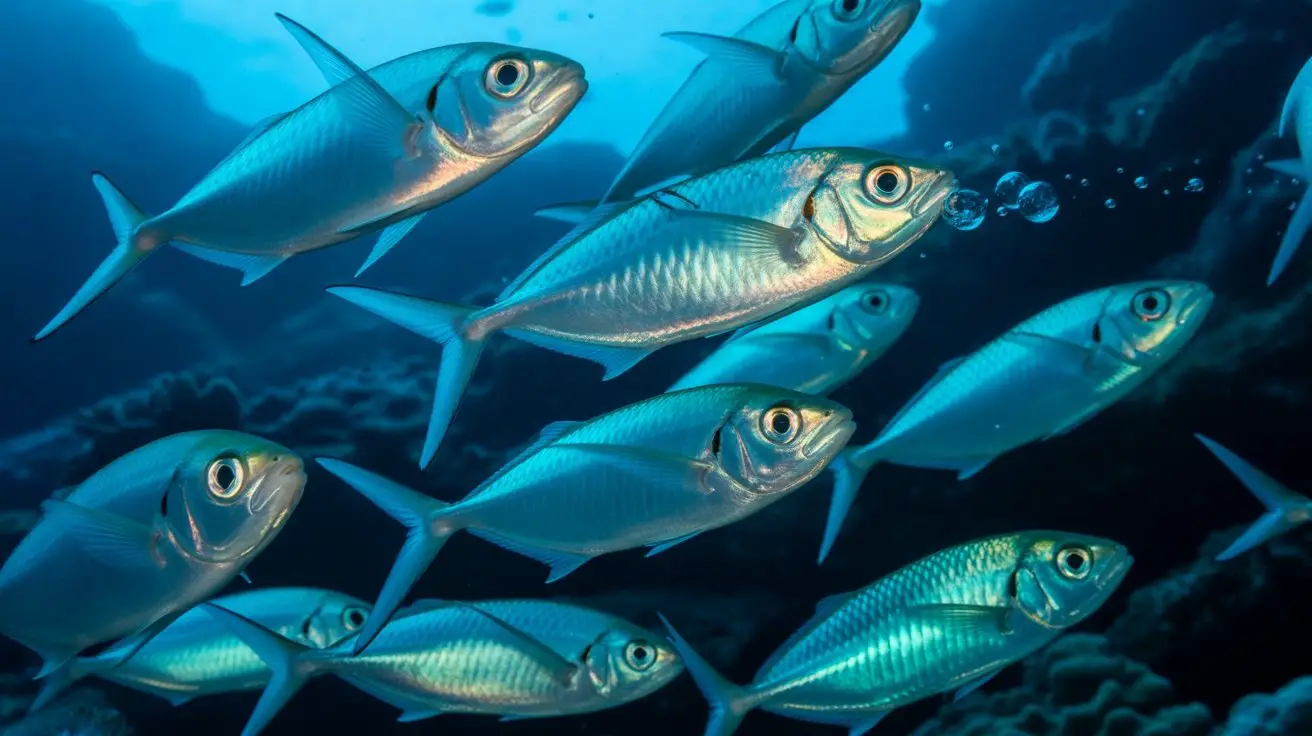
Although ocean temperatures span from near-freezing polar waters to scorching hydrothermal vents exceeding 400°C, fish have developed sophisticated thermoregulatory mechanisms that enable survival across these thermal extremes. Temperature variations in ocean environments greatly influence the adaptive strategies of these species.
You’ll find that specialized proteins called antifreeze glycoproteins prevent ice crystal formation in Arctic fish tissues. These molecules bind to nascent ice crystals, inhibiting growth through thermal hysteresis.
| Environment | Temperature Range | Key Adaptations | Example Species |
|---|---|---|---|
| Arctic Waters | -2°C to 4°C | Antifreeze proteins, altered membrane lipids | Antarctic cod |
| Deep Ocean | 2°C to 4°C | Modified enzymes, specialized hemoglobin | Deep-sea anglerfish |
| Hydrothermal Vents | 2°C to 20°C | Heat shock proteins, enhanced circulation | Vent eelpout |
| Tropical Surfaces | 25°C to 30°C | Counter-current heat exchange, behavioral regulation | Yellowfin tuna |
Conversely, you’ll observe that endothermic fish like tunas employ counter-current heat exchangers, retaining metabolic heat through specialized vascular arrangements called retia mirabilia.
Feeding Strategies and Specialized Mouth Adaptations
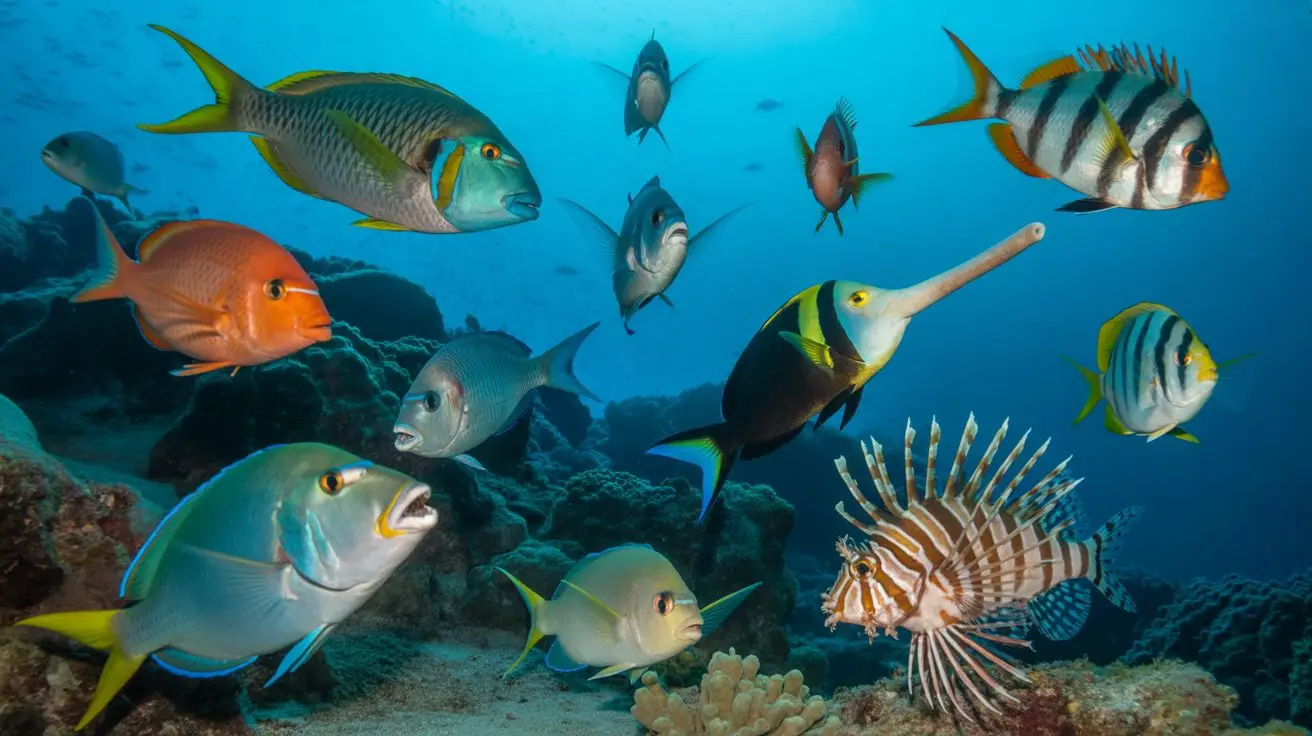
The diverse thermal environments that shape fish physiology also drive extraordinary adaptations in feeding mechanisms, as species have evolved highly specialized mouth structures to exploit specific food sources across ocean ecosystems.
You’ll observe how environmental pressures have sculpted remarkable morphological diversity in oral anatomy.
Predatory species demonstrate precision-engineered feeding apparatus that maximize hunting efficiency across distinct ecological niches:
- Anglerfish bioluminescent lures attract prey in abyssal zones through chemiluminescent appendages
- Parrotfish pharyngeal mills crush coral polyps with specialized grinding teeth for algae extraction
- Swordfish rostral bills stun schooling fish through high-velocity lateral strikes
- Vampire squid retractable filaments capture marine snow particles in oxygen minimum zones
- Cookiecutter shark circular dentition removes cylindrical flesh plugs from larger vertebrates
These morphological innovations reflect evolutionary responses to resource availability and competitive pressures. Furthermore, the presence of ocean predators plays a crucial role in balancing these adaptations by maintaining healthy prey populations and promoting biodiversity in marine ecosystems.
Social Behaviors and Schooling for Enhanced Survival
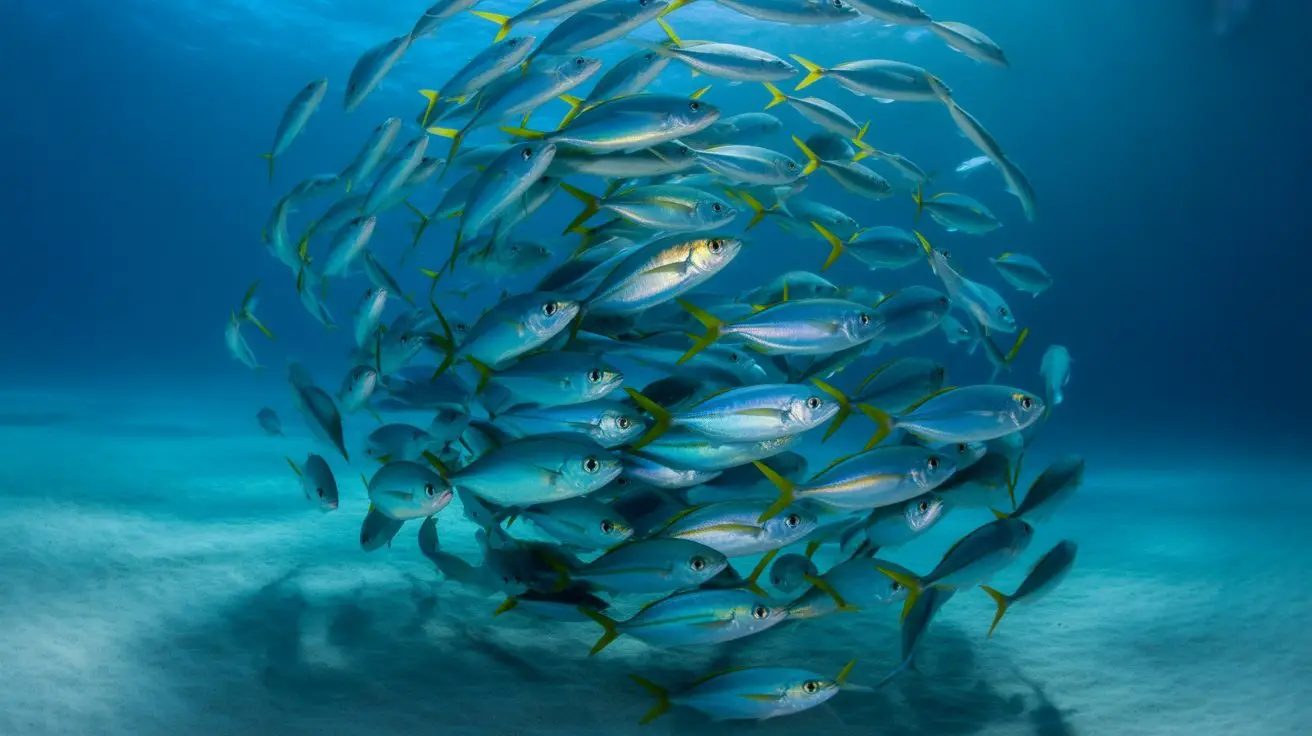
Beyond individual morphological adaptations, marine fish exhibit sophisticated collective behaviors that dramatically increase survival rates through coordinated group dynamics and information sharing across species boundaries.
You’ll observe schooling patterns where hundreds of individuals synchronize movements through lateral line detection and visual cues, creating hydrodynamic advantages that reduce energy expenditure by 40-50%.
You’ll find predator confusion effects occur when schools execute coordinated evasive maneuvers, fragmenting into subgroups before reforming.
You’ll notice mixed-species aggregations where smaller fish exploit larger species’ foraging success through eavesdropping on feeding behaviors.
You’ll discover information cascades propagate danger signals across entire populations within milliseconds, enabling rapid threat assessment and collective decision-making that surpasses individual cognitive capabilities in dynamic oceanic environments.
Conclusion
While you might think these adaptations developed independently, research demonstrates they’re interconnected survival systems working synergistically. You’ll find that piezolytes don’t just counteract pressure—they’re coupled with modified protein structures that maintain cellular function. Your understanding deepens when you recognize that bioluminescent displays aren’t merely communication tools but integrate with schooling behaviors for coordinated predator evasion. These multifaceted adaptations represent evolutionary responses to environmental pressures, creating extensive survival strategies rather than isolated traits.
